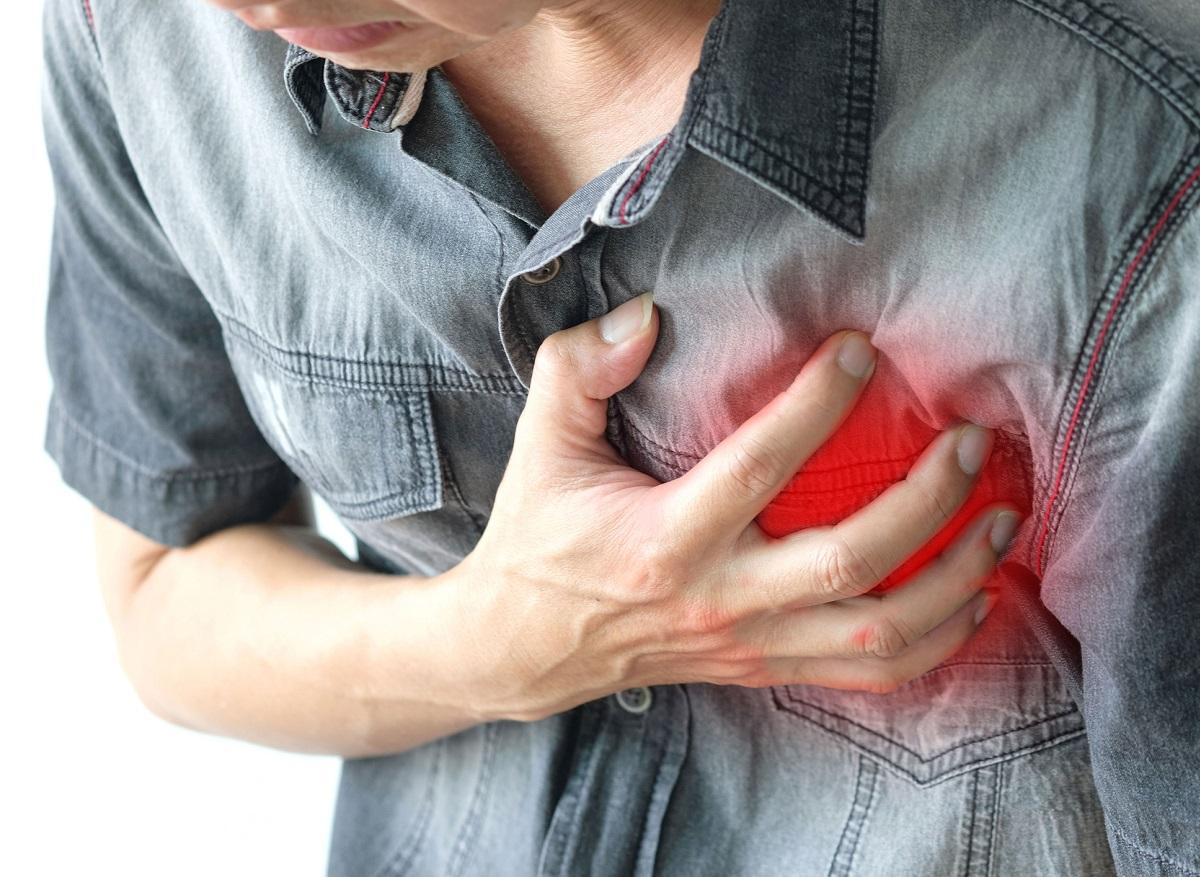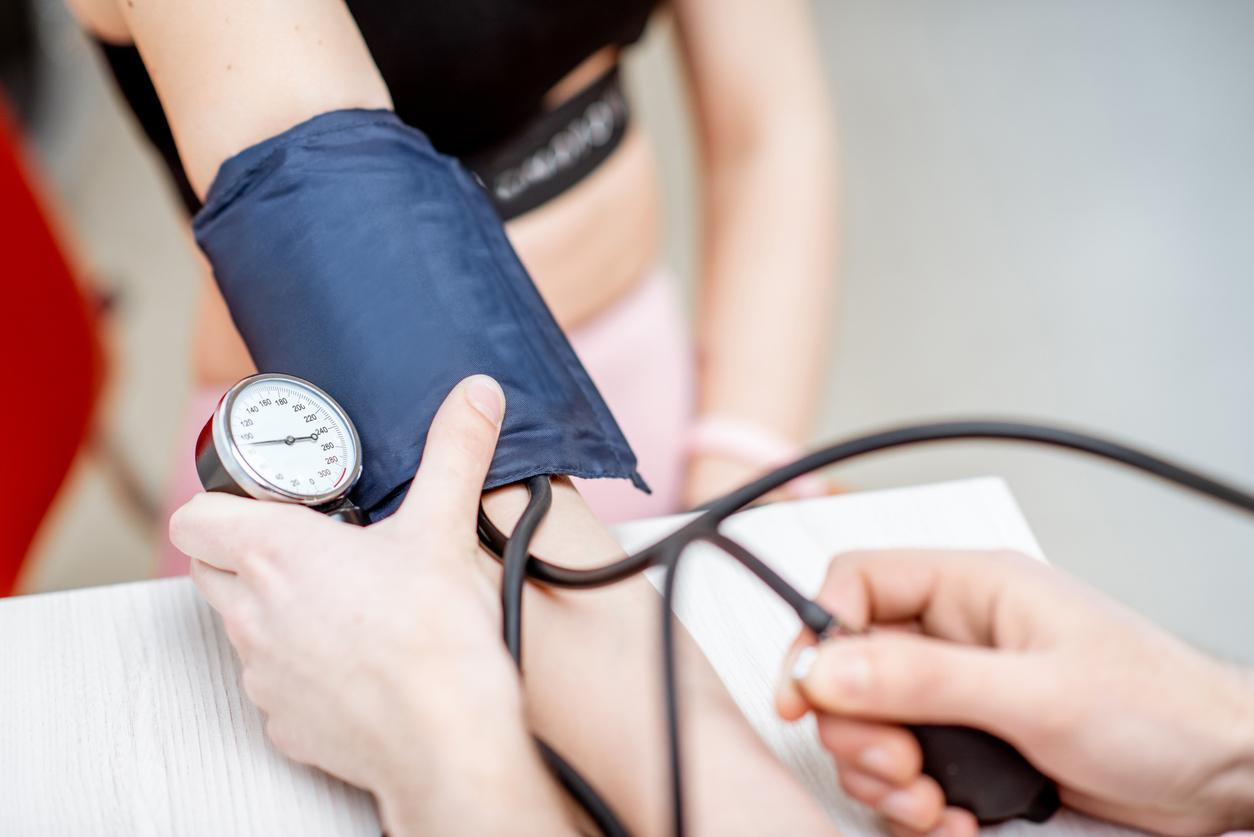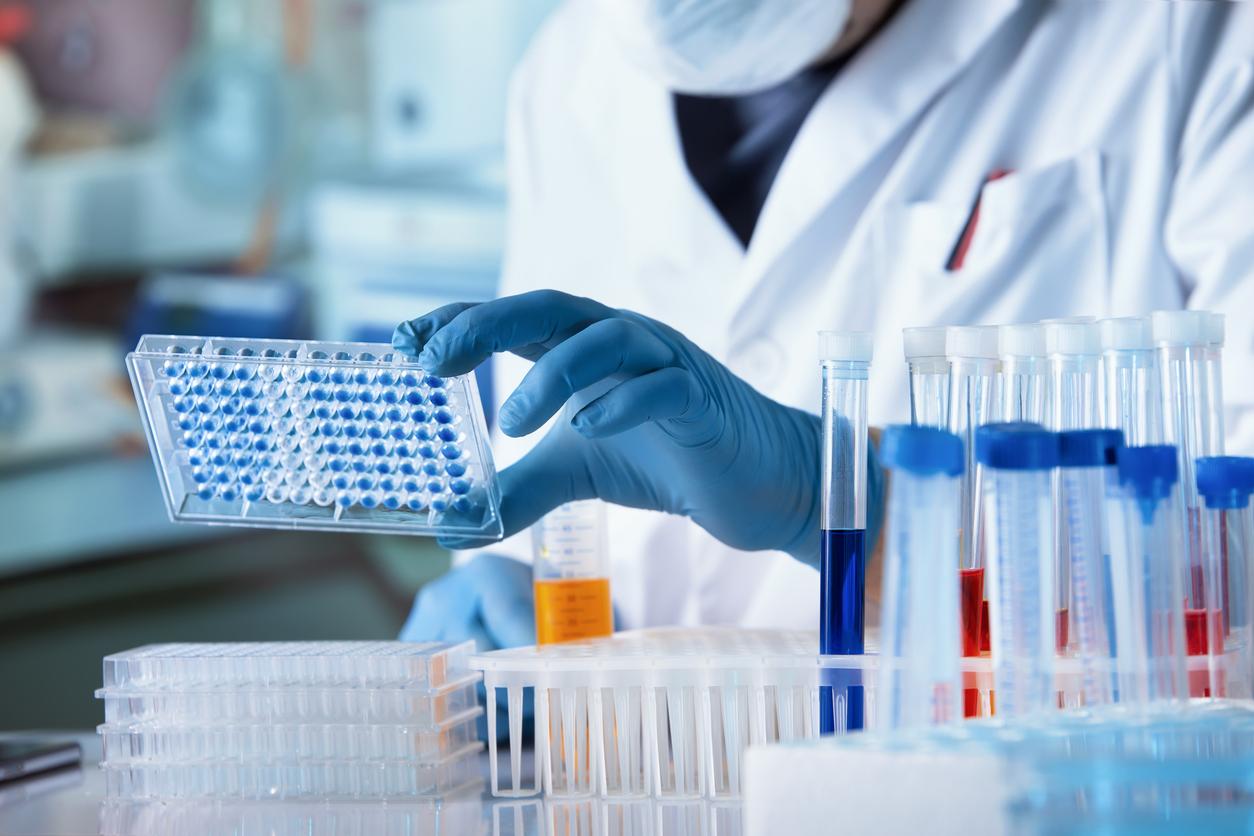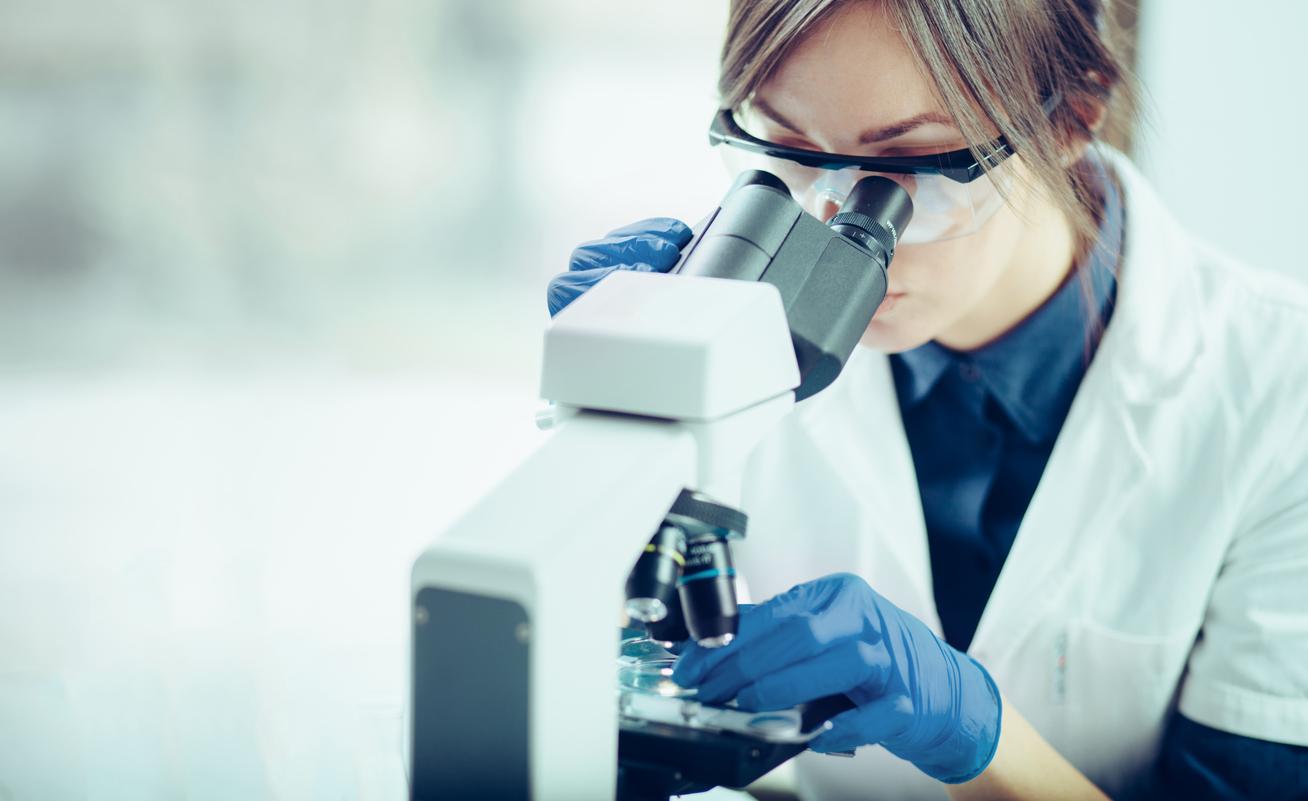A 14-month-old baby boy has just been successfully operated on for a heart defect thanks to a 3D printing of a model of his heart. A technology that has made the surgeon’s work easier.

The sick heart of little Roland Lian Cung Bawi, 14 months, has just been successfully repaired thanks to the talent of his surgeon. But more astonishingly, this American baby owes the success of his operation to a 3D printer. Indeed, while he was suffering from a malformation of the heart which could put his life at risk, his parents having obtained only contradictory operating advice, his surgeon, Erle Austin, had the brilliant idea of calling on a team. engineers from the University of Louisville in the United States.
A 3D model of the heart for a delicate intervention
Thanks to the Markerbot Replicator 2X printer available to these researchers, it was then possible to recreate a model of the child’s heart, including of course all the anomalies. But what helped this heart surgeon the most was that this impression could be achieved by doubling the actual size of the baby’s heart. Thus, the doctor was able to better understand in advance the organ on which he was going to intervene. The engineers thus printed the model of the heart of little Roland in three different parts so that the surgeon could almost walk inside the organ and thus anticipate this delicate operation more precisely.
Many medical potential
Thanks to this new technology, this operation could therefore be carried out successfully on February 10. But the medical advances that can be envisaged thanks to 3D printing are numerous. Last July, an American medical student had notably created a prototype of revolutionary ventilated plaster which therefore avoids heat, itching and unpleasant odor.
In addition, from a 3D model designed on a computer, several teams around the world are able to reproduce living tissue. Some bio-printers have already been able to print, for example, stem cells.
But the holy grail for the pioneers of this technology would obviously be to succeed in printing living organs which could then be transplanted. According to some specialists, it is reasonable to envisage the first clinical trials on humans within ten years for simple tissues such as the cornea or the skin.
.















